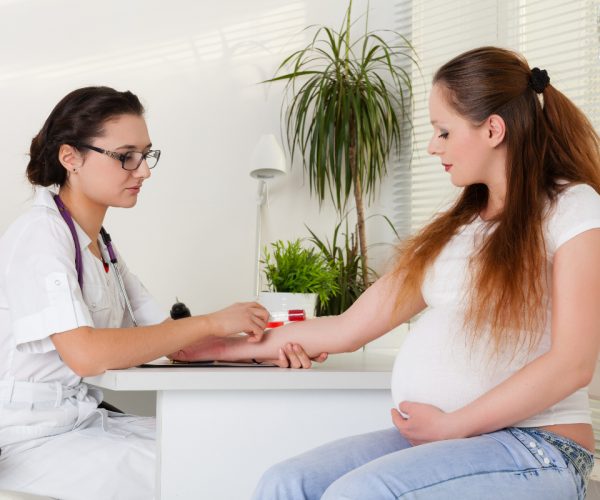Good News! Non-invasive Prenatal Testing Continues at Amsterdam UMC
SECTION: GENOME ANALYSIS
Non-invasive prenatal testing (NIPT) is a modern screening test in which a blood sample is taken from pregnant women to screen for circulating cell free DNA fragments derived from the placenta of the developing fetus. As the embryo and placenta share the same genetic make-up, chromosomal abnormalities associated with fetal developmental disorders can be detected. In a standard screenings assay, NIPT detects fetal trisomies of chromosomes 13, 18, and 21 causal for Patau, Edwards, and Down syndrome, respectively.

NIPT based on whole-genome next-generation sequencing can also provide rare additional findings related to other fetal aneuploidies, placental DNA abnormalities, or potential maternal cancers.

TRIDENT and beyond
The TRIDENT studies will end in April 2023. Thanks to TRIDENT, NIPT will be offered in the Netherlands as part of standard Dutch healthcare, whereby the required Population Screening Act (Wet op het bevolkingsonderzoek, WBO) license is transferred from the academic medical centers involved in the implementation studies to the regional centers for prenatal diagnosis.
On behalf of these regional centers, the National Institute for Public Health and the Environment (RIVM) has invited applicants from diagnostic laboratories willing to perform NIPT after 2023. The Human Genetics Diagnostics Laboratory of Amsterdam UMC, location VUmc, under the direction of Dr. Erik Sistermans offered their services to perform NIPT for regional centers in the near future.

Selected!
At the end of 2021, the new governmental coalition agreement included that no additional payment will be requested from pregnant women for the NIPT after April 2023 (now € 175), which was confirmed by the Minister of Health, Welfare and Sport on April 14, 2022 in a letter to the Dutch House of Representatives.
As a result, the NIPT numbers are expected to increase and RIVM anticipates that Amsterdam UMC will perform between 36,001 to 48,000 NIPT analyzes per year, which is comparable to the current number of tests. The three selected national laboratories are now hard at work resourcing equipment, DNA analysis kits, and blood test tubes.